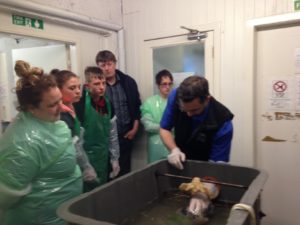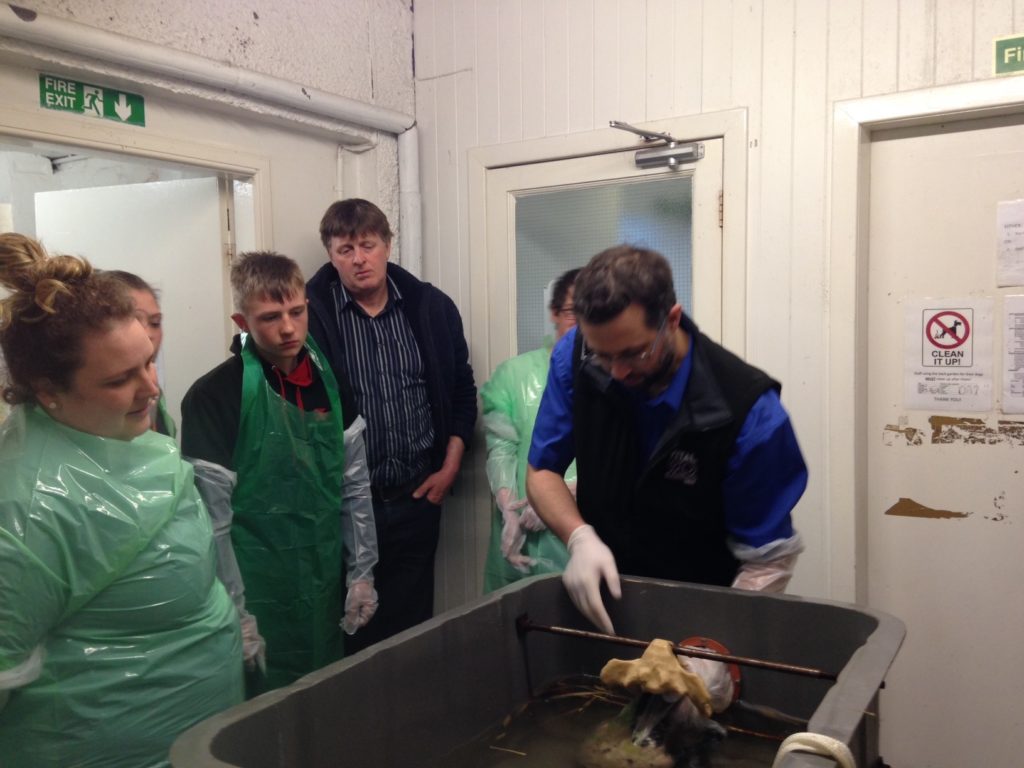New Entrants to Farming: An Introduction to Lambing – Event Summary
21 March 2018 Most problems at lambing are nutrition related. If you manage condition correctly you can minimise metabolic disorder, lambing issues and maximise the number of lambs reared.
Most problems at lambing are nutrition related. If you manage condition correctly you can minimise metabolic disorder, lambing issues and maximise the number of lambs reared.
The participants were made aware of the main disorders of ewes and lambs on the build-up to lambing and after and how to best treat or handle these. The key to reducing disease outbreaks is cleanliness.
Lambing techniques were demonstrated and practical sessions led to show participants how to deal with malpresentation of lambs during birth.
Key take-home messages:
- Be prepared – gather all the lambing essentials you will need well ahead of your expected start date
- Stay clean – good hygiene is the key to minimising the spread of disease, especially on housed systems
- Get help – if in doubt, call in the vet.
- Lambing Course Presentation
- Some handy hints and tips for lambing
- Technical Note (TN676): Why Tag and Record Sheep?
- If direct subsidies are claimed (Basic Payment Scheme, LFASS, Scottish Suckler Beef Support Scheme, Scottish Upland Sheep Support Scheme, Beef Efficiency Scheme and some SRDP options), adhering to Cross Compliance and Good Agricultural and Environmental Conditions (GAEC) is essential.
- Topics: Rural Business
- Technical Note (TN679): Castration and Tail Docking in Lambs
- Castration and tail docking are often performed as routine husbandry procedures. These procedures are painful and farmers should consider whether they are necessary.
Sign up to the FAS newsletter
Receive updates on news, events and publications from Scotland’s Farm Advisory Service

